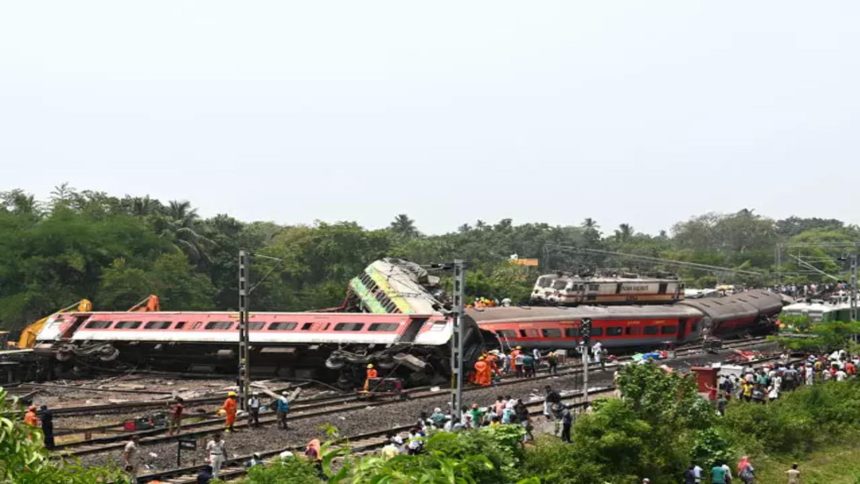The recent train accident in Odisha’s Balasore, claiming hundreds of lives and leaving many injured, has raised questions about the safety of railway systems. Railway Minister Ashwini Vaishnaw has attributed the incident to a change in the electronic interlocking system. Here, we delve into the details of this system, and its significance in railway safety. We will also explore whether the Kavach system could have prevented this devastating tragedy.
What Caused the Odisha Train Accident?
As investigations continue, Railway Minister Ashwini Vaishnaw has pointed to a change in the electronic interlocking system. According to him, the system malfunctioning was the root cause of the incident. The collision occurred between the Coromandel Express and a goods train carrying iron ore. The electronic system’s malfunction may have led to incorrect signaling or improper routing, resulting in a tragic collision.
Understanding the Electronic Interlocking System
The electronic interlocking system is a vital safety mechanism that ensures secure and efficient train operations at railway junctions, stations, and signaling locations. Unlike traditional relay interlocking systems, electronic interlocking utilizes software, electronic components, and communication networks to coordinate and manage train movements. This system guarantees a clear signal only when the route ahead is safe and clear.
- Advertisement -
Advantages of Electronic Interlocking
Compared to older electro-mechanical interlocking systems, their electronic counterpart offers numerous advantages. It reduces space requirements, enhances safety, and improves reliability. Many developed countries, like US, and Germany, have embraced electronic interlocking. In India, it has received wide adoption. You can find this advanced system in a significant percentage of railway stations.
Can the Electronic Interlocking System Malfunction?
Railway officials acknowledge that the electronic interlocking system can experience malfunctions. However, these malfunctions are typically indicated by red signals, signaling the need for inspection. While external factors like human error or tampering can cause issues, the Odisha rail accident suggests possible human interference as the cause. Investigations will reveal the exact circumstances leading to the tragic collision.
Exploring Kavach: India’s Train Collision Avoidance System
The Kavach system, India’s own automatic protection system, aims to prevent train collisions. It includes features such as an automatic brake application, line-side signal displays for improved visibility, and loco-to-loco communication for collision avoidance. Although Kavach has been deployed on certain railway routes, it has not been installed on the particular stretch where the Odisha accident occurred.
Could Kavach Have Prevented the Tragedy?
Opinions on whether Kavach could have averted the accident are divided. Railway experts argue that given the high speed at which the Coromandel Express was traveling, even with Kavach, the collision might have been unavoidable. The investigation will shed light on this matter and determine the potential role of Kavach in preventing similar accidents in the future.
Investigation and Recommendations
The Railway Board has recommended a further investigation into the incident, with the Railway Safety Commissioner and the Central Bureau of Investigation (CBI) leading the probe. It is crucial to determine the exact cause and address any systemic issues to prevent such tragedies from occurring again.
As authorities work towards understanding the Odisha train accident, it becomes evident that electronic interlocking systems play a crucial role in ensuring railway safety. By continually improving these systems and deploying advanced collision avoidance technologies like Kavach, the aim is to create a safer and more secure railway network for passengers and personnel alike.


